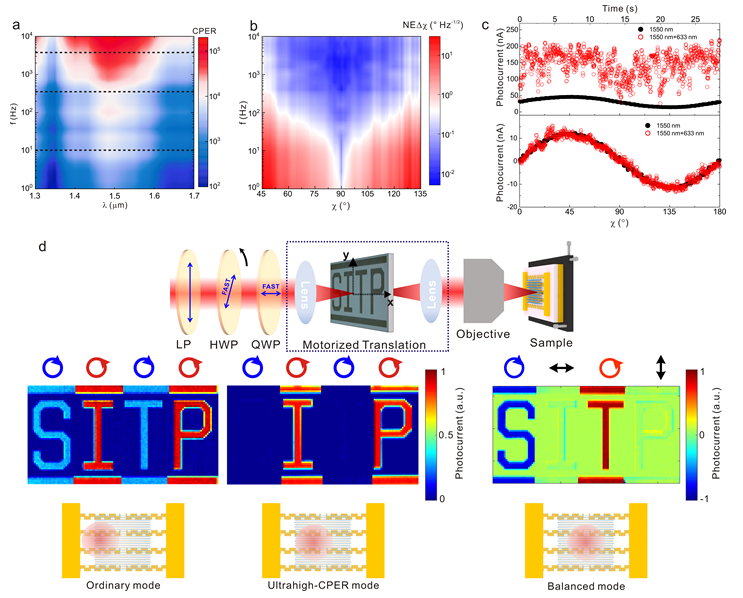Parkopedia, in partnership with Drive Research, has released a groundbreaking 2025 User Experience report showing that drivers in the US and Germany highly value in-car payment systems and are willing to pay for them.
LONDON, ENGLAND, April 09, 2025 /24-7PressRelease/ — – First-of-its-kind research highlights that US and German drivers have significant interest for in-car payment functionality and are willing to pay for it
– 100% of US drivers and 93% of German motorists surveyed stated that having an easy-to-use in-car payment system would improve their driving experience
– 70% of US motorists and 67% of German drivers stated they would be willing to pay more upfront for a vehicle with in-car payment functionality
08 April 2025 – London, UK
A new, first-of-its-kind report by Drive Research, focused on the full User Experience journey of in-car payment systems, shows that these services have become an extremely desirable convenience feature for many drivers who would be willing to pay for access to significantly improve their driving experience and brand perception.
The 2025 In-Car Payments User Experience Report presented real-world drivers in the US and Germany with two in-car payment systems and tasked them with completing the same exercises on both, before answering quantitative and qualitative survey and interview questions, to gauge their level of interest in in-car payment functionality and opinions on the two formats. The first system (A) was an anonymised current in-production OEM system in each region, with the second system (B) being an updated setup created together by Parkopedia and Valtech Mobility, with ease-of-use improvements across enrollment, notifications, engagement and payment processes.
Drivers want easy-to-use in-car payments for all driving-related services
All American drivers surveyed stated that having an easy-to-use in-car payment system would improve their driving experience, with 100% also highly valuing this functionality in enabling in-car payments for driving-related services. Simple in-car payments were also near-universally valued by German participants (93%), demonstrating the wide-ranging demand for this functionality when it works as intended.
Showing the potential benefit to OEMs from introducing well-executed in-car payments, 97% of participants in both the US and Germany would consider using in-car payments for all vehicle transactions, such as parking, EV charging, fuelling and tolls, if the setup were easy to use. One German participant stated, “System B (updated) is definitely simpler, time-saving, self-explanatory, efficient, and an everyday helper.”
The same proportion (97%) stated that in-car payment functionality would improve their driving experience and would value having multiple in-car payment services available through one platform, instead of requiring external devices to access. The consistency of these figures shows that drivers have a strongly-held interest in more sophisticated, connected car services and OEMs that offer seamlessly integrated in-car payments stand to win a growing proportion of customers from rival brands that fail to address this increasing demand.
Demand for notifications when in-car payments are available
Not only do drivers want broad in-car payment functionality, but they also want intelligent integration of the service to ensure they can get the greatest benefit from the features available. 93% of German drivers and 87% of US participants would value their car having the ability to notify them through the infotainment system when in-car payments are available nearby.
Demonstrating drivers’ will for having additional in-car payment features built into their cars, 80% of US drivers would be ‘frustrated’ if in-car payments were available nearby and their car failed to inform them. Similarly, all German drivers surveyed and 97% of US motorists would value having an onscreen button to immediately access connected services nearby, such as parking and charging data or in-car payments.
Poor enrollment process is limiting uptake and usage
Drivers flagged that a complex registration process would reduce their likelihood of signing up for in-car payments, with 77 % of German drivers and 70% of US participants being put off by a complicated enrollment setup. More than this, 57% of Germans stated that a long-winded registration format would make them less likely to use in-car payments after registering, along with half of US drivers.
This shows that the user experience has a very significant role in influencing drivers’ behaviour and OEMs must optimise the registration process if they want to ensure the greatest customer satisfaction and adoption of premium services. 90% of US drivers considered the current industry standard registration process as being ‘complex’, highlighting that car manufacturers are already failing to meet many customers’ expectations.
A significant proportion of drivers in both markets would be willing to pay a premium to access in-car payments, with more than two-thirds of drivers being open to paying for this functionality.
More than half of German drivers would be willing to make a monthly payment for in-car payments, while nearly half of US participants would consider a higher initial price, showing OEMs the need to offer tailored payment options for this type of feature to maximise usage.
Drivers demand integrated solutions over reliance on mobile devices
Drivers saw integrated in-car payment services as valuable because they could respond appropriately to the situation or route, such as flagging the need for parking or charging, or helping to reduce the stresses associated with driving. Furthermore, several motorists considered such functionality to be a differentiator between rival brands. This could potentially influence purchase decisions – both pulling drivers towards models with high-quality in-car payment services and pushing them away from other OEMs that offer poor services or fail to provide these at all.
Current deployments underrepresent the full capabilities of in-car payments
Drivers significantly preferred the updated system shown, which prioritised usability, minimising the amount of clicks needed to access key payment functions and making it simpler to pay for multiple vehicle-centric services using one platform. More than 90% of US drivers were extremely likely to use the updated system compared with just 20% for the current industry deployment. More than 90% of US and German drivers also engaged more with the optimised in-car payment system, with 100% of US and 90% of German participants being more likely to use in-car payments for future transactions if they had what they perceived to be the more ‘streamlined’ system.
This shows that OEMs risk alienating their own customers by offering poorly executed in-car payments; drivers want convenient in-car payment functionality, but expect it to be user-friendly and are likely to be put off using such systems if they do not meet expectations.
In-car payment execution affects drivers’ opinion of the brand
Having well-integrated prompts for in-car payment services has a significant positive impact, with 97% of US drivers stating that this functionality would notably change their opinion of a car brand. More importantly, 87% of US drivers claimed that intelligent in-car payment integration would significantly increase their likelihood of buying a car from the same brand in future.
Car manufacturers not currently offering in-car payments or providing poor-quality systems with frustrating user experiences could cause significant damage to their brands, potentially pushing their customers to rival brands that offer a more sophisticated digital user experience. Addressing this appears to be relatively straightforward, with all US and German drivers stating that they would be more likely to use in-car payments if the process were deemed easy to use and saved them time or money. Furthermore, 87% of US drivers and 63% of Germans would be dissuaded from using in-car payments if the system required multiple menu screens above what they deem necessary for confirming in-car payments.
Commenting on the report results, Adam Calland, Global Marketing Director at Parkopedia, who overseen the focus group sessions, said: “The demand for connected car services continues to rise rapidly around the world, and this research shows that in-car payment functionality in particular is now becoming a must-have feature for motorists who highly value convenience and are willing to pay for this.
“This is being accelerated by the global shift towards EVs, with motorists not only valuing having in-car data directing them to suitable charge points, but also integrating payments within the same platform, to facilitate the full public charging experience within the vehicle. The need to improve both awareness for in-car payments and the UX of current implementations was clear from the findings of the report, but the upside is equally clear on the potential value for the automakers who get this right.”
Link to access the full reports
About Parkopedia
Parkopedia is the leading connected car services provider used by automakers, organisations and millions of drivers around the world. Parkopedia helps drivers find and pay for parking, EV charging, fuel and tolls across 90 countries. Parkopedia is also developing highly detailed indoor maps and corresponding algorithms to help drivers and self-driving vehicles navigate to available parking spaces and EV chargers. Visit business.parkopedia.com for more information.
Parkopedia Global Media Contact
Adam Calland
Global Marketing Director
T: +44(0)7838219129
E: adam.calland@parkopedia.com
—
For the original version of this press release, please visit 24-7PressRelease.com here





